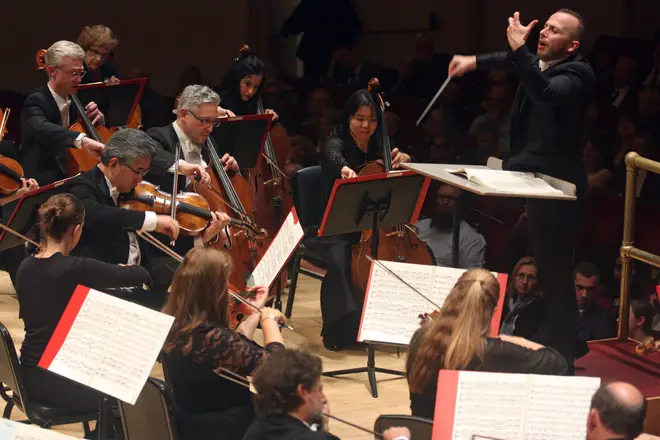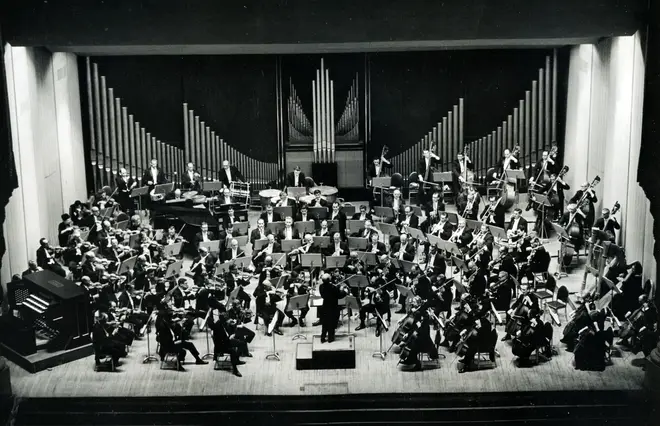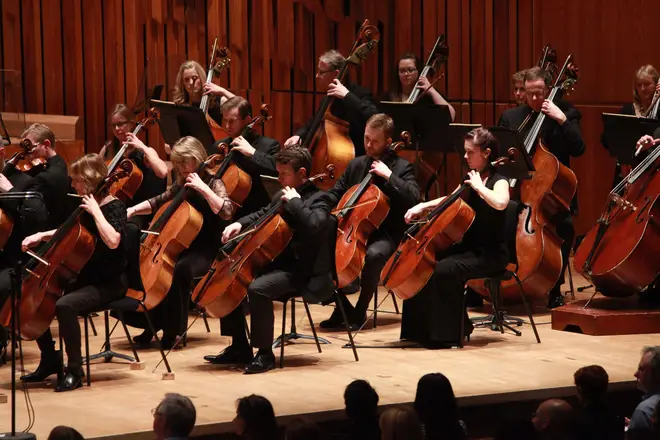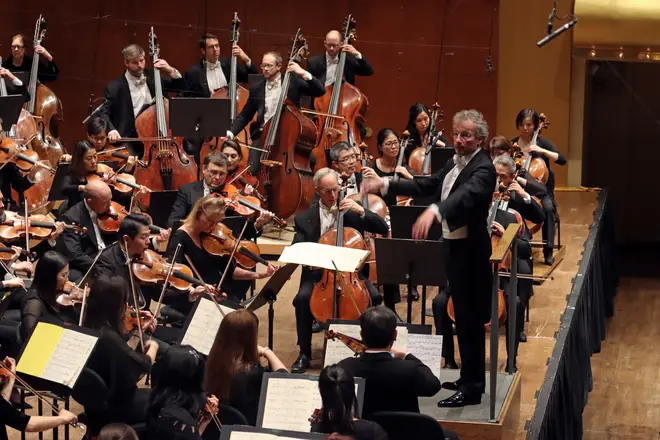On Air Now
Classic FM Breakfast with Aled Jones 6:30am - 9am
6 October 2021, 17:25

As the Philadelphia Orchestra becomes the latest American ensemble to swap the white tie tails for all-black performance wear, we ask who decided what orchestra’s should wear on stage, and why is it time for a change?
Picture an orchestra. Maybe they’re on a stage like the Barbican, Carnegie Hall, or the Sydney Opera House.
What are they wearing?
Internationally, orchestras have performed in white tie since the 19th century. However, over the past 20 years, more and more orchestras have been ditching the tails in favour of an all-black attire.
The Philadelphia Orchestra are the latest to change up their dress code, and it got us wondering, ‘who first decided what orchestras should be wearing’, and ‘why is it now time for a change?’.
Read More: Why the heck do musicians always perform in black?

Orchestral concert dress has constantly been evolving since the very first performers stepped on stage.
Historically, the orchestra’s attire has reflected the audience of the day.
When classical music was the most popular music of the day, audiences would dress in their finest attire. Men would wear the equivalent of suit and tie for that era, while women wore dresses.
While musicians didn’t belong to the same class as those attending the concert, they would dress in similar attire, because concerts were considered formal occasions.

Jurassic Park conducted by a dinosaur
The white tie and tails combo originated in the 19th century, as dress codes of the time dictated that a tailcoat with white tie must only be worn for formal evenings.
After almost 200 years of being the norm though, it’s no wonder that so many orchestras have now dropped the white tie for all-black concert dress. White tie is now only seen at special events, including various New Year’s Eve concerts across the globe.
In the UK, most of the well-known orchestras changed their dress codes from white tie and tails at the beginning of the century, with the BBC Symphony Orchestra abandoning the uniform in 2003, followed by the Hallé Orchestra in 2007.
The Times newspaper reported on the move from the BBC Symphony in 2003, with Arts reporter, Jack Malvern, describing the replacement black suits as “a ‘smooth jazz’ look”.

As dress codes in concert halls across the UK have slowly been dropped, or loosened, audiences could be wearing anything from a three piece suit, to a hoodie. Sometimes the orchestra make up the smartest dressed people at a concert.
An audience dress code has been dropped sporadically by numerous venues across the past decade, with concert halls tending to prioritise the audience’s comfort over tradition.
The US and continental Europe however, has had a more gradual move in terms of both the performer and audience attire.
Orchestras such as the New York Philharmonic only started allowing women to wear trousers(!) for performances in 2018.

While the white tie is still in place for these orchestras, it would be surprising to see the tradition outlast the decade.
Tellingly, the New York Philharmonic has temporarily altered its dress code to a black suit, while its home in the David Geffen Hall at the Lincoln Center is renovated.
Whether this is a sign of an upcoming, more permanent change, or simply a choice out of respect for its historic home, we will have to wait and see.